Stage 2: Semifinalists
We are happy to announce that, because of the quality and wide range of submittals, we have expanded this years' number of Semifinalists. One hundred thirty-nine students from 31 countries entered this year's competition.
From these submittals, thirty-five authors from 16 countries have been advanced to the Semifinalist round (Stage Two) of the BERKELEY PRIZE 2014 competition. Semifinalists are now invited to submit a 2500-word Essay based on their 500-word Proposal. At least five, but up to seven, top Essays will be selected for final judging by this year’s BERKELEY PRIZE Jury.
All authors, whether promoted to Semifinalist status or not, can login to view the Readers’ comments regarding your Proposals.
New instructions for this year’s Semifinalists are included below.
Semifinalist Winners
| Ali Amiri |
University of Tehran |
Iran |
| Zachary Angles |
Taubman College at the University of Michigan |
USA |
| Carl Arvidsson |
L'Ecole Nationale Superieure D'Architecture De Bretagne |
France |
| Nana Biamah-Ofosu |
Kingston University |
UK |
| Martin Burns |
University of Notre Dame |
USA |
| Eshkar Eliahou |
Technion- Israel institute of Technology |
Israel |
| Fiona Gracia and Maza Guyanto |
Universitas Katolik Parahyangan |
Indonesia |
| Aditi Gupta |
School of Planning and Architecture, New Delhi |
India |
| Robin Hanrahan |
New Jersey Institute of Technology |
USA |
| Sadia Humayra |
Bangladesh University of Engineering & Technology |
Bangladesh |
| Tazrin Islam |
Bangladesh University of Engineering & Technology |
Bangladesh |
| Rohini Jadhav |
Dr. Bhanuben Nanavati College of Architecture |
India |
| Apurva Jhamb |
National Institute of Technology, Hamirpur |
India |
| Benny Kwok |
Dalhousie University |
Canada |
| Christian Andro Madrogaba |
University of the Philippines |
Philippines |
| Sheila Malingu |
Uganda Martyrs University |
Uganda |
| Matthew McCall |
Savannah College of Art & Design |
USA |
| Wan Ting Esther Ng and Wong May Ping |
National University of Singapore |
Singapore |
| Delma Palma |
University of Notre Dame |
USA |
| Michael Philpott |
Dalhousie University |
Canada |
| Nipun Prabhakar and Sukruti Gupta |
School of Planning and Architecture, Bhopal |
India |
| Dimitra Psyhogyiou |
National Technical University of Athens |
Greece |
| Aparna Ramesh |
Visvesvaraya National Institute of Technology |
India |
| Lindsay Rasmussen |
University of Oregon |
USA |
| Bhuvana Shankar and Rohith R Sali |
Dayananda Sagar School of Architecture |
India |
| Shruti Shiva |
Kamla Raheja Vidyanidhi Institute of Architecture |
India |
| Eric Somesla |
New Jersey Institute of Technology |
USA |
| Pulkit Soni and Anupriya Saraswat |
Aayojan School of Architecture |
India |
| Raksha Srinivasan |
Measi Academy of Architecture |
India |
| Nechita Stefan |
TU Eindhoven |
Romania |
| Noel Woodward and Rahul Kapil |
School of Planning and Architecture, Bhopal |
India |
| Revathi Veriah |
Anna University |
India |
| Hiroaki Yasuda |
Tokyo University of Science |
Japan |
| Clarence Lee Jun Yi |
United Institute of Technology |
Singapore |
| Xiaoyun Zhang |
University of Notre Dame |
China |
General Information
We compliment all of the Semifinalists on the extraordinary diversity of ideas and approaches in response to this year’s Question. Such responses indicate the depth of interest in and concern for the social art of architecture.
In Stage Two, you are to expand upon your chosen topic in 2,500 words. The BERKELEY PRIZE Committee encourages Semifinalists to improve the crafting of their ideas. A few suggestions as to how you can make your Essay more effective for both professional and non-professional readers:
- Before you begin to write the 2,500 word essay, it is essential that you carefully consider the Readers' comments about your Proposal. These comments are meant to help you write a winning essay. Please read your reviewer comments in your Author Portfolio.
- An essay is different from a Proposal. Your Proposal was selected because the Committee believed that it was a good outline that had the potential to be developed into an even better essay on the social art of architecture. You want to do more – much more - than simply re-state your argument. Explore and expand your ideas, the reasons for them, and the conclusions you have reached because of them. Substantiate these thoughts with specific examples.
- Remember: the Question asks not only which environments you think are healthful and which not, but also what you would have done differently, including working with what governmental and civic resources to improve the situation. Talk with the highest governmental official you can reach whose department has control over your specifically identified places, both from design and construction to on-going operation. Talk with the architect(s) and/or designer(s) who have might have been involved with their design or upkeep. Ask all of them the same questions. If they believe it to be a successful place, to what do they attribute not only the initial success, but the ongoing success? If they believe it to be unsuccessful, what obstacles did they face and how did they attempt to deal with them or continue to deal with them on a day-to-day basis?; Do you agree with their approach? What more do you think could have or should be done? Be specific – and creative. The best Essay is focused: address the larger issues, but concentrate on discussing specific concerns that you have identified and for which you think you have some good solutions.
- In answering the Question, the BERKELEY PRIZE Committee is particularly interested in responses that speak to the general public. If social architecture is to become the norm, rather then the exception, the public must be persuaded of the value of design that reflects human worth. If social ideas are to be realized, rather then simply discussed, the public must be persuaded that there is added value to initiating your idea as opposed to doing nothing. This means selecting a voice that is both your own, and one that is accessible to both serious readers and those who read only the "lead" points.
- Ask a friend to read your essay before submitting it. Better yet, show it to two friends: one, a fellow architecture student; the second, a person not familiar with the discipline or profession. Use their input to revise your draft. If you can prevail on them, ask them to read your revised draft. Ask them how your argument can be made clearer – it always can be.
Illustrations
We ask that you include four (4) digital photographs of images that help describe the content of your essay. One of these photos can be the image you already posted with your Proposal, but it needs to be re-posted. The photograph should be no larger then 1 MB, and be in .jpeg format. No more then four photographs will be accepted. You can use a digital camera, a film camera (and scan the printed image), or even capture the image on a cell phone and transfer it to your document. There is space provided at the end of the submittal form to upload the images. Space is also provided to number and caption each image.
In selecting these four images, imagine that a publisher or editor of an online blog, or a newspaper, or a magazine have accepted your essay for publication. One of their requirements is that you supply four illustrations that help describe and explain the points made in your essay. What illustrations would you submit that not only provided the basic information about your topic, but also help further your written arguments? As part of this process, refer to these illustrations at the appropriate spots within your essay.
Remember, however, one of the primary purposes of the essay format is to test your skill in describing a situation in words, rather then pictures or drawings. Do not assume that just because you have posted the photographs that your responsibility to carefully describe in words your selected topic is reduced. To the contrary: use the illustrations to support and strengthen your writing.
Improving Your Writing
You have almost six weeks to produce your essay in final form. Use as much of this time as possible to attempt to actively improve your writing abilities, particularly if English is not your first language. Read some good prose written in English, especially essays, whether from the field of architecture or from other disciplines. In architecture, search for articles written by architectural journalists and popular architectural historians who write for a general audience online, in newspapers, and in widely circulated magazines. Think about how they present arguments and describe buildings and places. Use websites, such as reference.com to improve your English vocabulary, syntax, and spelling.
Avoid the use of professional language unfamiliar to many of your intended readers, except where absolutely necessary. Above all, avoid jargon. In describing your subject matter you might want to use this assist: Imagine that you are describing the situation and setting to a person who is blind. How would you describe the details of what is and what you think there should be to them?
Whether or not English is your first, second, or fifth language, again, do not hesitate to review your essay with an experienced English language-speaker and writer. Use their suggestions as how to make your argument as clear, precise, and interesting as possible.
MOST IMPORTANTLY, HAVE FUN AND GOOD LUCK!
Proposals due anytime before midnight, GMT, February 1, 2014
|
|
|
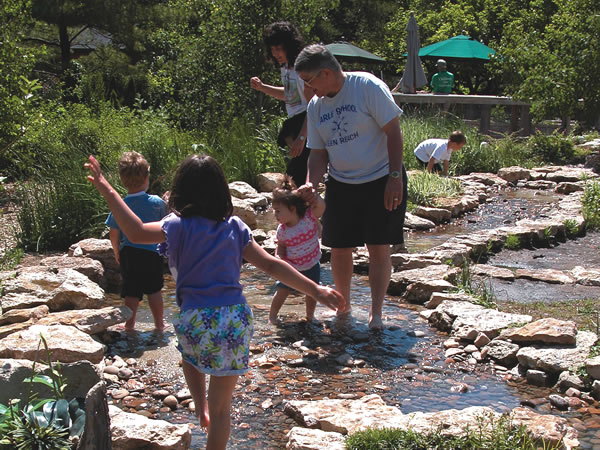 Brookfield Zoo, Chicago Zoological Society, Brookfield, Illinois, USA 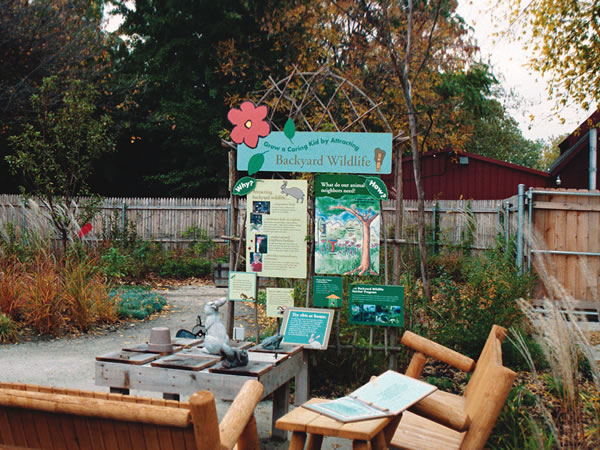 Brookfield Zoo, Chicago Zoological Society, Brookfield, Illinois, USA 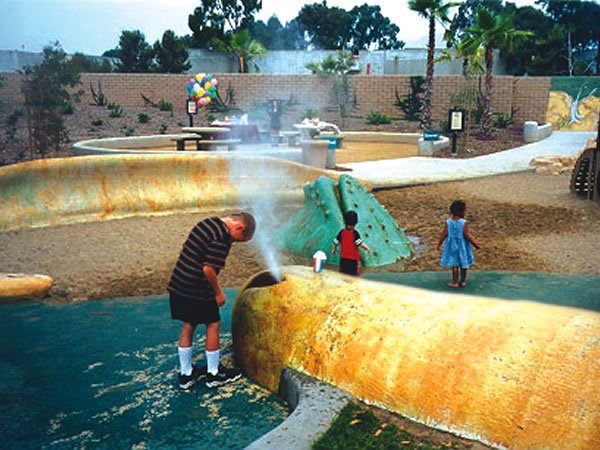 Chase Palm Park, Santa Barbara, California, USA 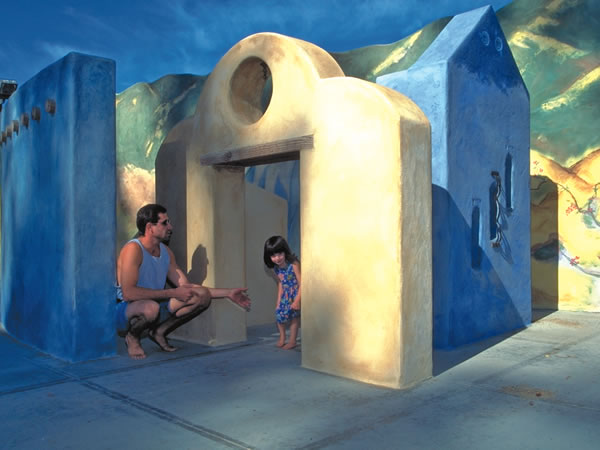 Chase Palm Park, Santa Barbara, California, USA 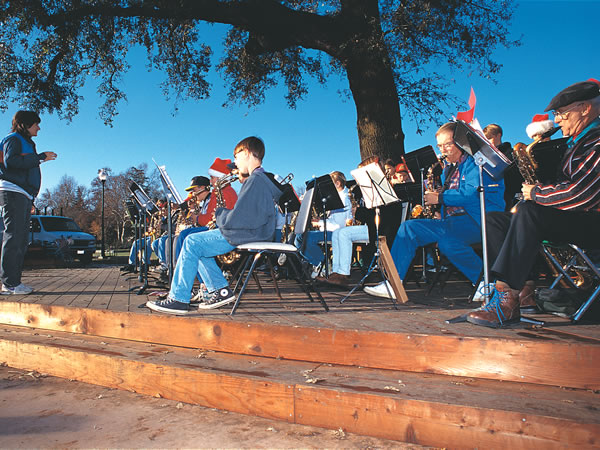 Davis Central Park, Davis, California, USA 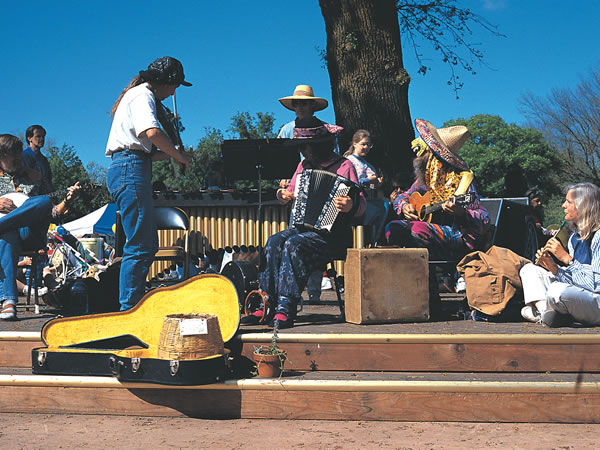 Davis Central Park, Davis, California, USA 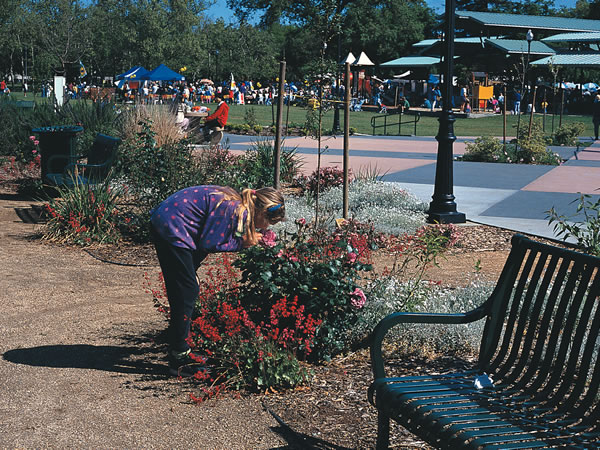 Davis Central Park, Davis, California, USA 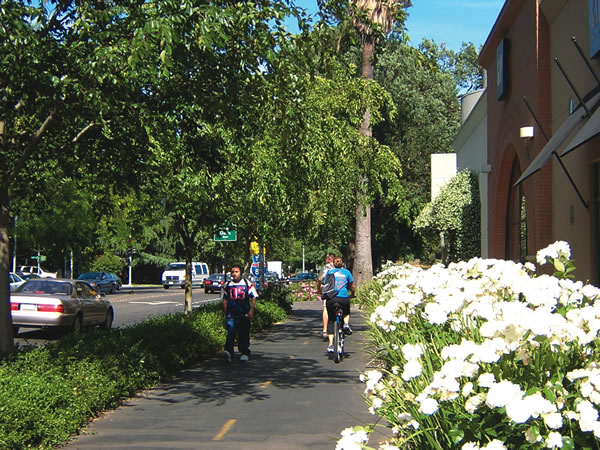 Davis Commons, Davis, California, USA 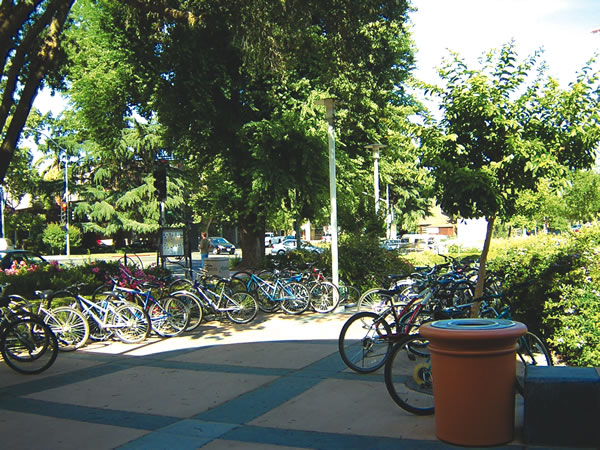 Davis Commons, Davis, California, USA 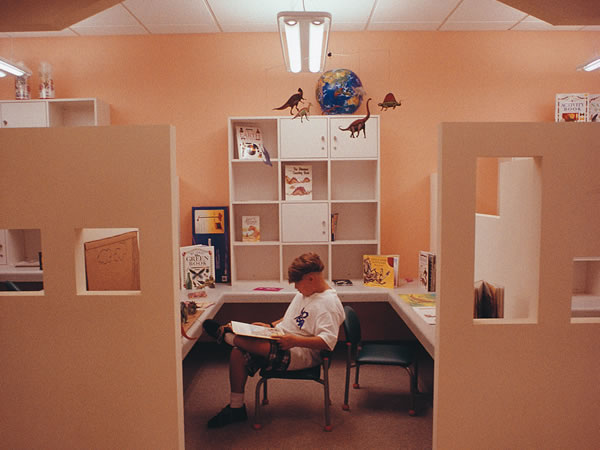 Edelman Childrens Courthouse, Monterey Park, California, USA 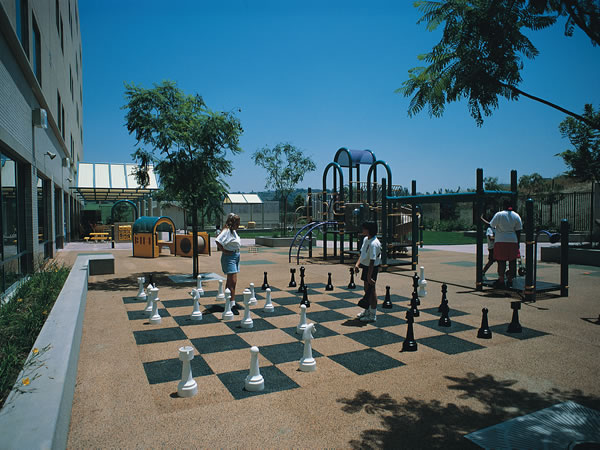 Edelman Childrens Courthouse, Monterey Park, California, USA  Glendale Edison Elementary School and Park, Glendale, California, USA  Glendale Edison Elementary School and Park, Glendale, California, USA 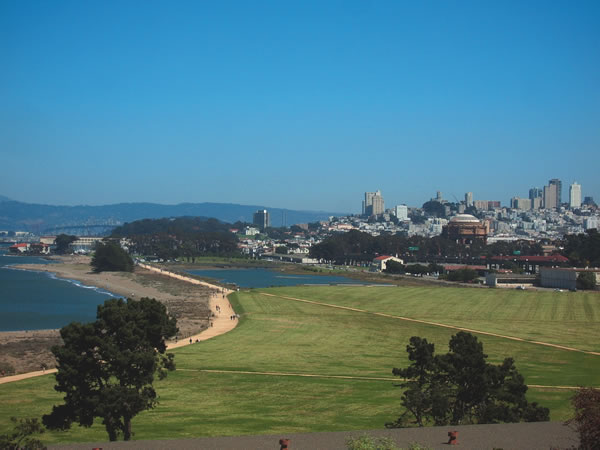 Presidio Park Trails & Bikeways, San Francisco, California, USA 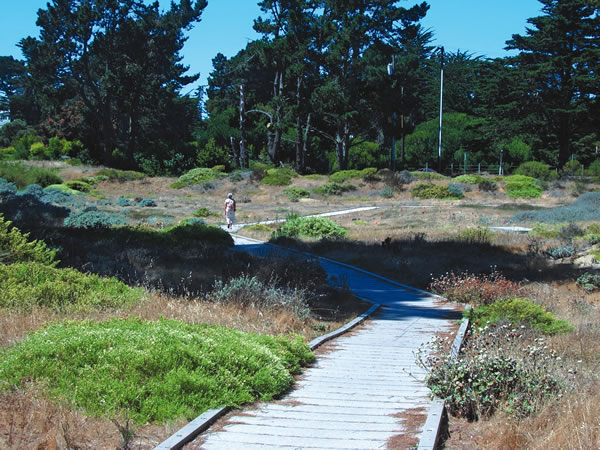 Presidio Park Trails & Bikeways, San Francisco, California, USA 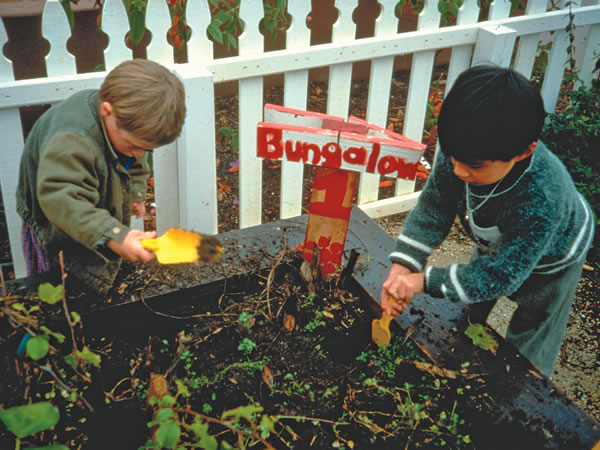 Tule Elk Child Development Center, San Francisco, California, USA  “R” Street Corridor Urban Design and Development Plan, Sacramento, California, USA 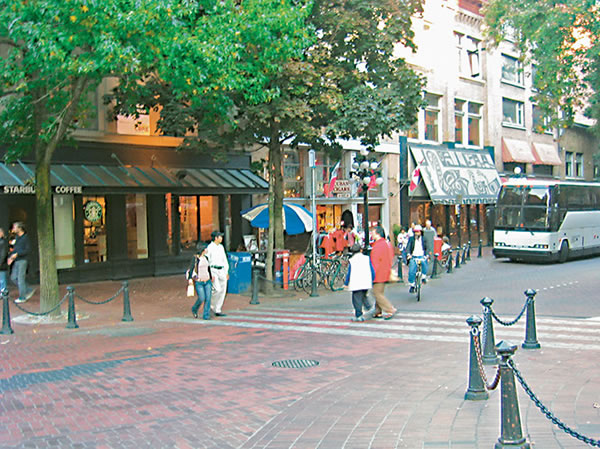 “R” Street Corridor Urban Design and Development Plan, Sacramento, California, USA  “R” Street Corridor Urban Design and Development Plan, Sacramento, California, USA 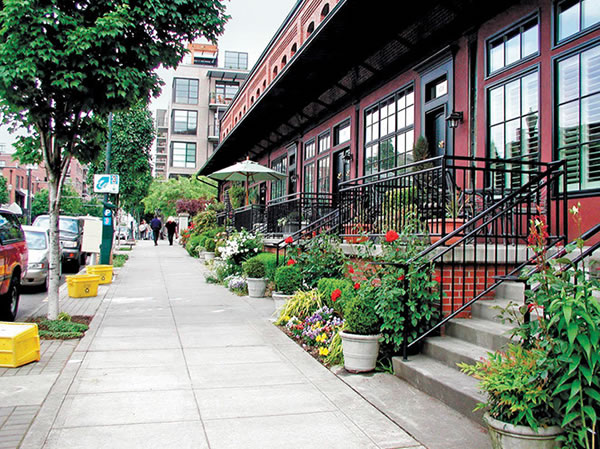 “R” Street Corridor Urban Design and Development Plan, Sacramento, California, USA 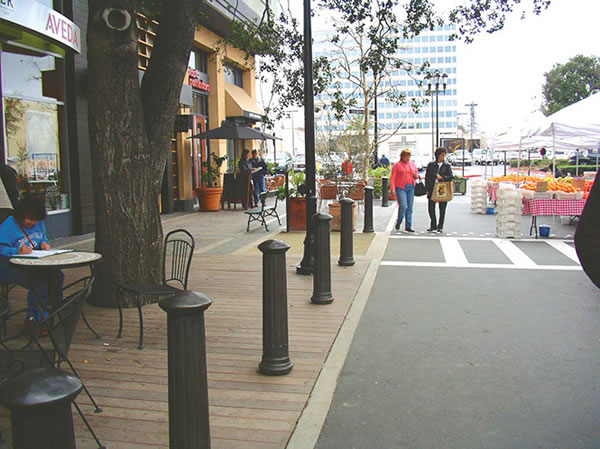 “R” Street Corridor Urban Design and Development Plan, Sacramento, California, USA 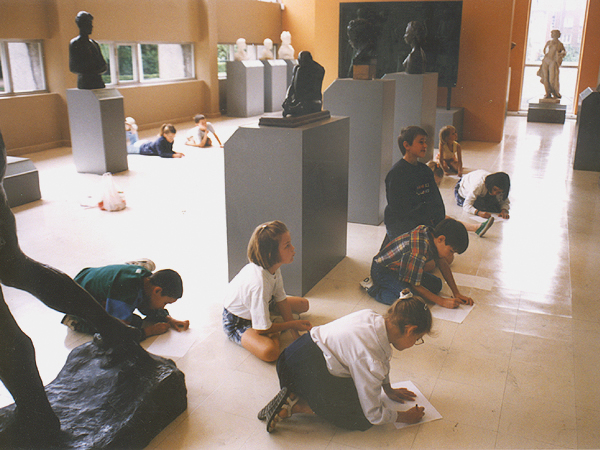 Musée des beaux-arts de Calais, Calais, France  Davis Central Park, Davis, California, USA 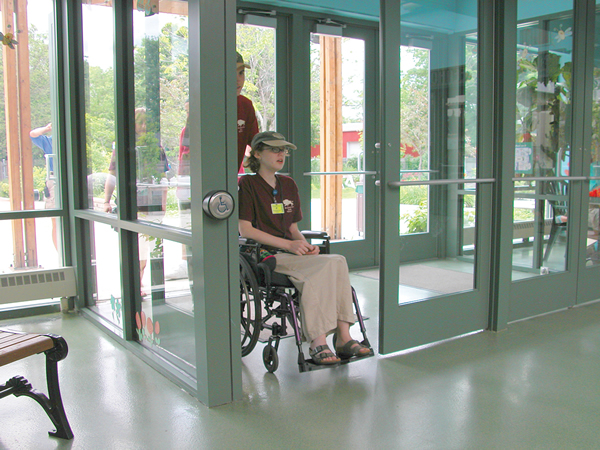 Brookfield Zoo, Chicago Zoological Society, Brookfield, Illinois, USA
|
|
























